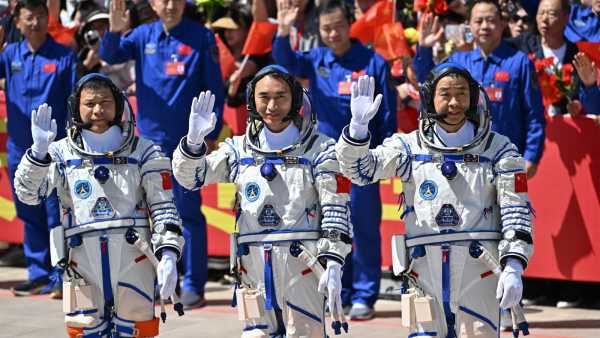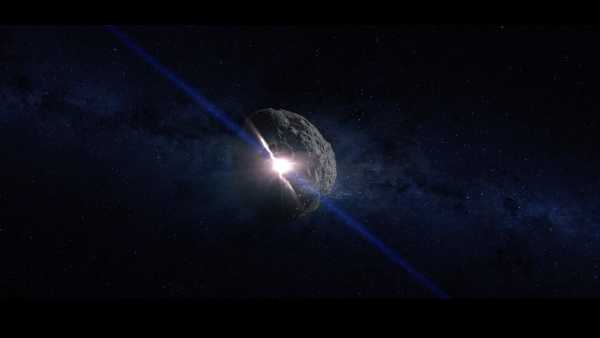
New data from the James Webb Space Telescope suggest that asteroids Bennu and Ryugu may be fragments of a massive “parent” rock called Polana (shown crumbling in this NASA illustration). (Image credit: NASA)
New data from the James Webb Space Telescope (JWST) suggests that two of the solar system's most famous asteroids, Bennu and Ryugu, may be fragments of a single, massive “parent” asteroid that was torn apart billions of years ago.
If true, the sister space rocks, both of which have recently been visited by spacecraft that successfully returned samples to Earth, could shed light on how asteroid families form and spread throughout our cosmic neighborhood.
Bennu is an asteroid about 500 meters (1,650 feet) in diameter that was recently visited by NASA's OSIRIS-REx mission. The mission landed on the asteroid in 2022 and collected samples that were returned to Earth in September 2023. Several promising discoveries have been made since then. Ryugu, meanwhile, is about 900 meters (2,950 feet) in diameter. It was visited in 2019 by Japan's Hayabusa2 probe, which returned samples from the asteroid to Earth in December 2020.
You may like
-
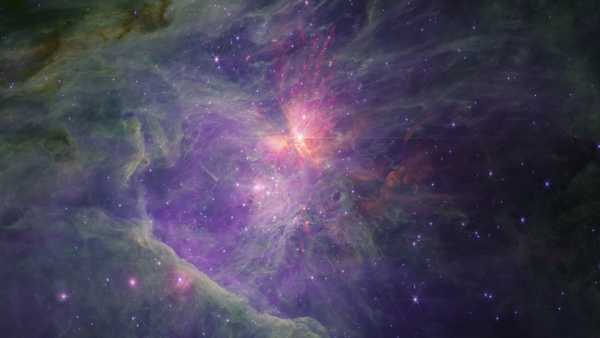
New simulations suggest that mysterious 'wandering' objects discovered by the James Webb telescope do not actually exist.
-
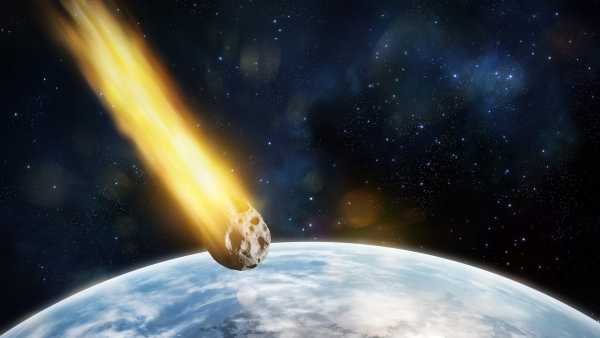
James Webb Telescope Raises Odds 'City Killer' Asteroid 2024 YR4 Will Hit Moon in 2032
-
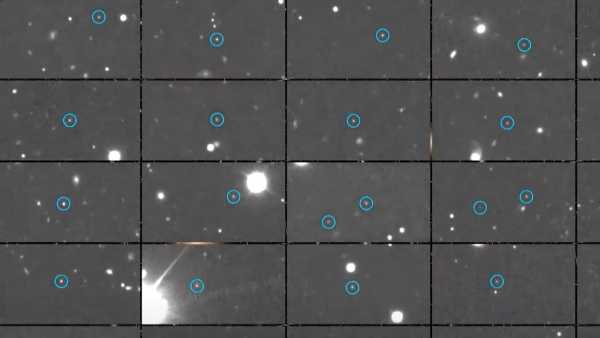
The Rubin Observatory has discovered 2,104 asteroids in just a few days. It could soon find millions more.
Both space objects are shaped like spinning tops and are considered “potentially hazardous asteroids” due to their size and relative proximity to Earth. Neither poses a significant threat to our planet for at least the next century, although NASA is keeping a close eye on Bennu due to the low probability of it colliding with us in 2182.
There are several different hypotheses about the origin of these two asteroids, but one leading theory is that the pair belong to the Polana family of asteroids, formed by the breakup of a massive asteroid in the early solar system. The largest surviving fragment of this ancient asteroid is 142 Polana, a giant space rock more than 55 kilometers wide located in the main asteroid belt between Mars and Jupiter.
In a new study published August 18 in The Planetary Science Journal, researchers compared spectroscopy data from 142 Polana collected by JWST with samples returned to Earth from Bennu and Ryugu. The researchers found striking similarities between all three objects, suggesting that they may have originated from the same asteroid. However, they are not 100% certain.
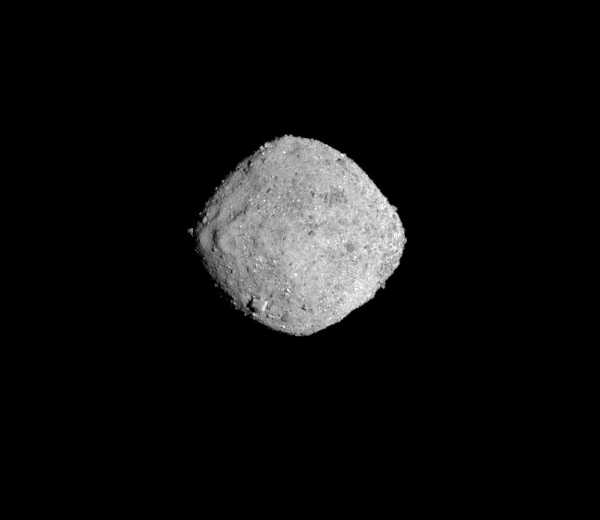
A recent image of Bennu taken by NASA's OSIRIS-REx spacecraft.
“We believe that very early in the formation of the solar system, large asteroids collided and broke apart to form ‘asteroid families,’ the largest of which is Polana,” said lead study author Anicia Arredondo, a planetary scientist at the Southwest Research Institute (SwRI) in Texas. The results “suggest that the remnants of this collision formed not only Polana, but also Bennu and Ryugu,” she added.
All three asteroids have the same core composition, made up of elements and minerals such as carbon and magnetite, a rare form of iron oxide. However, there are some slight differences in the concentrations of these substances between 142 Polana and the Bennu and Ryugu samples, so a definitive conclusion is not yet possible.
The research team believes these discrepancies are likely caused by the asteroids' outer surfaces, which have changed little since their breakup.
related stories
— “Invisible threat”: A swarm of hidden “city-killer” asteroids around Venus could one day collide with Earth, calculations show.
— No, NASA did not warn about an impending asteroid strike in 2038. Here's what actually happened.
— Earth's gravity knocked a pyramid-sized asteroid off course during a recent super-close flyby, according to NASA images.
“Bennu and Ryugu are now much closer to the Sun than Polana, so their surfaces may be more exposed to solar radiation and solar particles,” said study co-author Tracy Becker, a planetary scientist at the Pacific Geosciences Institute in South America. “Similarly, Polana may be older than Bennu and Ryugu, and therefore has been exposed to micrometeoroid impacts for a longer period,” she added. “This could also change some aspects of its surface, including its composition.”
Despite the differences, the researchers argue that a common parent asteroid is the best possible explanation for the origin of the space rocks.
“They are so similar that we are confident that all three asteroids could have come from the same parent body,” Arredondo said.
TOPICS James Webb Space Telescope
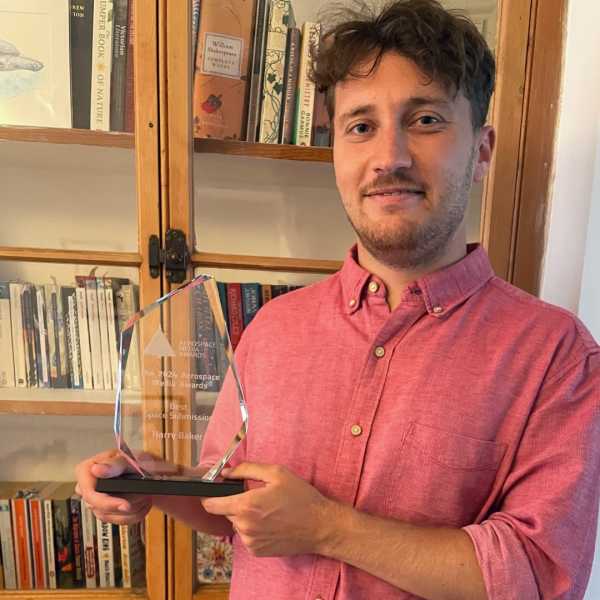
Harry BakerNavigate Social LinksSenior Staff Writer
Harry is a senior writer for Live Science based in the UK. Before becoming a journalist, he studied marine biology at the University of Exeter. He covers a wide range of topics, including space exploration, planetology, space weather, climate change, animal behaviour and palaeontology. His recent work on solar maximum won the 2024 Aerospace Media Awards in the Best Space Story category and was shortlisted for the 2023 NCTJ Awards for Excellence in the Breaking News category. He also writes Live Science’s weekly series Earth from Space.
You must verify your public display name before commenting.
Please log out and log back in. You will then be prompted to enter a display name.
Exit Read more
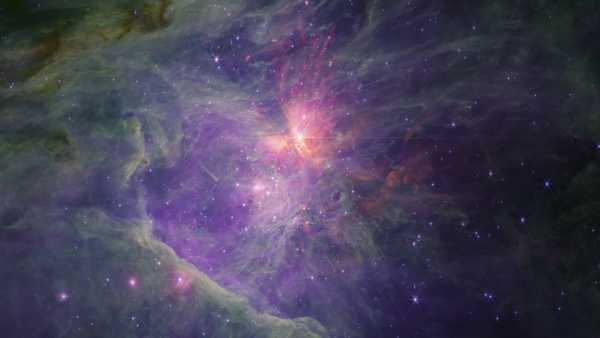
New simulations suggest that mysterious 'wandering' objects discovered by the James Webb telescope do not actually exist.
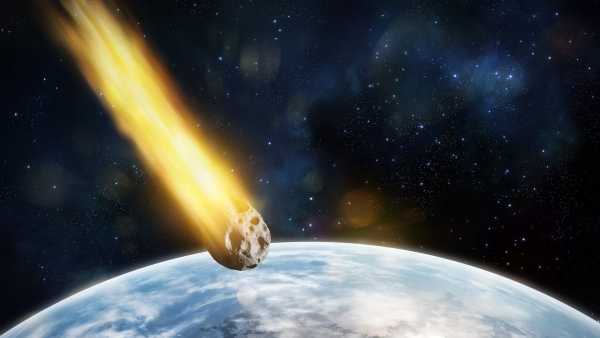
James Webb Telescope Raises Odds 'City Killer' Asteroid 2024 YR4 Will Hit Moon in 2032
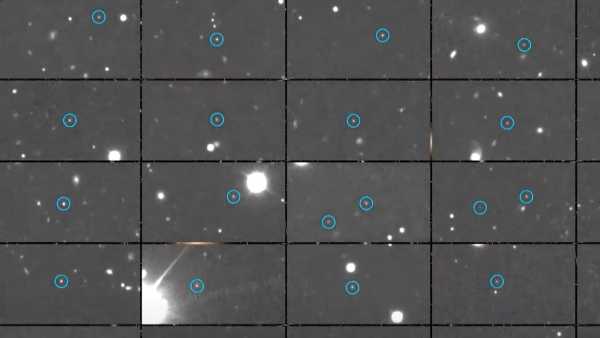
The Rubin Observatory has discovered 2,104 asteroids in just a few days. It could soon find millions more.
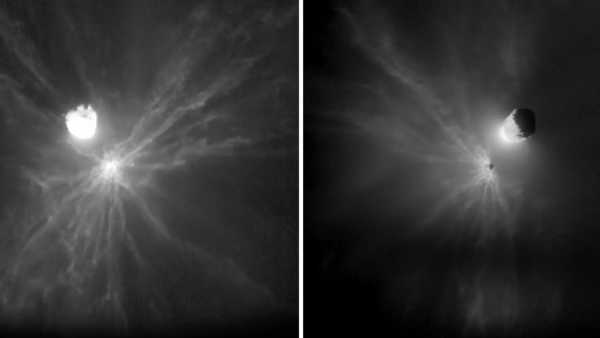
Giant space 'boulders' released by NASA's DART mission are not behaving as expected, revealing hidden risks of asteroid deflection.
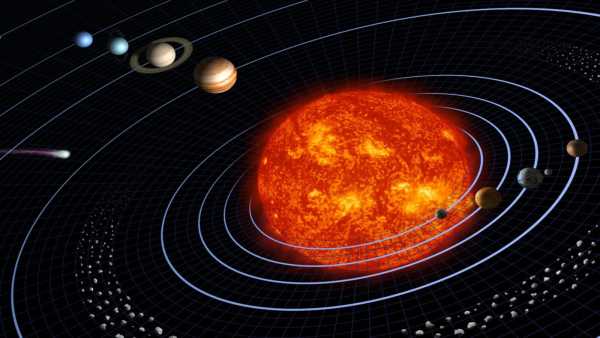
When did the planets of our solar system form? Discovery of tiny meteorite may challenge chronology.
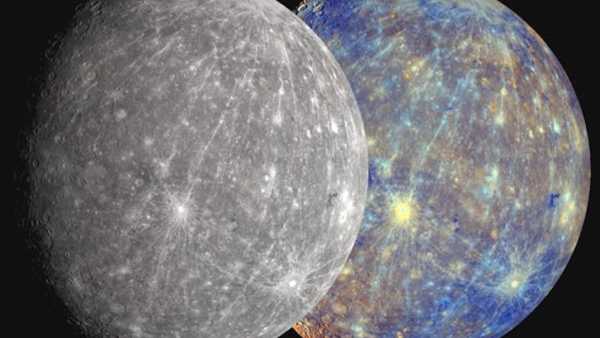
'Missing' Mercury Meteorites May Finally Be Found on Earth. Latest News from Space
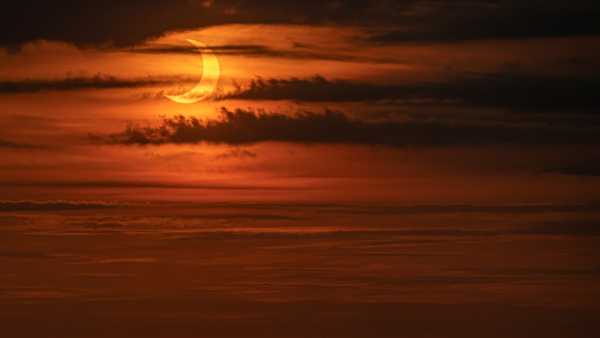
In September we will have an “equinox eclipse”
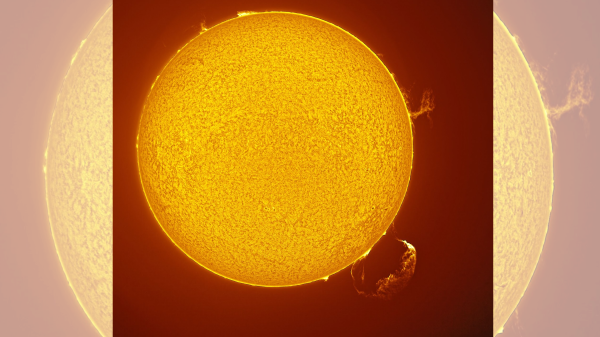
A solar tornado rages across the Sun, spewing out a giant plume of plasma.
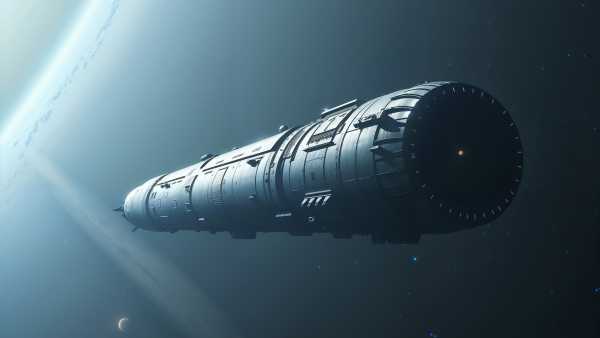
“Why Would You Even Go There?”: Readers React to Hypothetical 400-Year Journey to Alpha Centauri

Uranus Has a New Hidden Moon Discovered by the James Webb Space Telescope
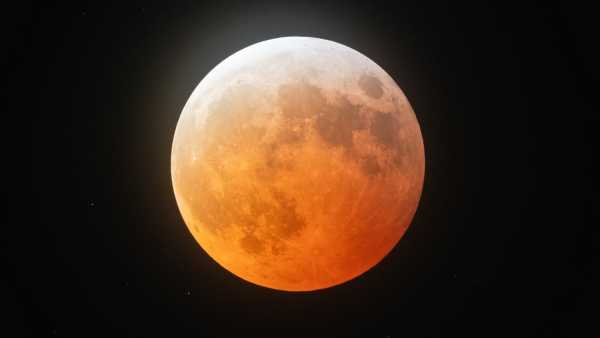
Where can you see the total lunar eclipse on September 7, the “blood moon”?
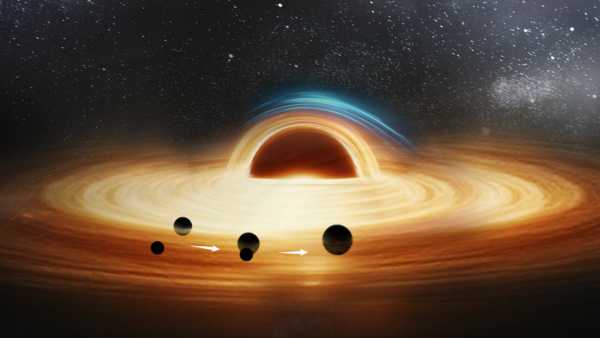
Scientists believe they have discovered the first known triple black hole system in the universe and then watched it die. Latest news
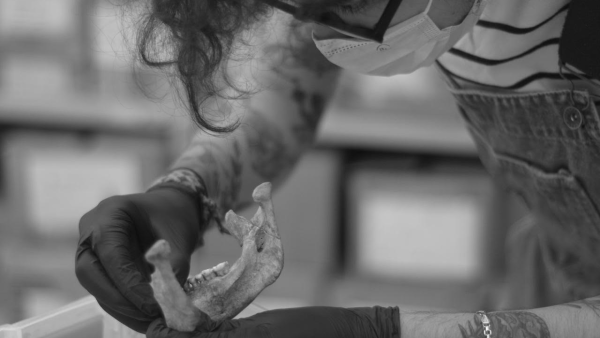
The first Americans had Denisovan DNA. And it may have helped them survive.
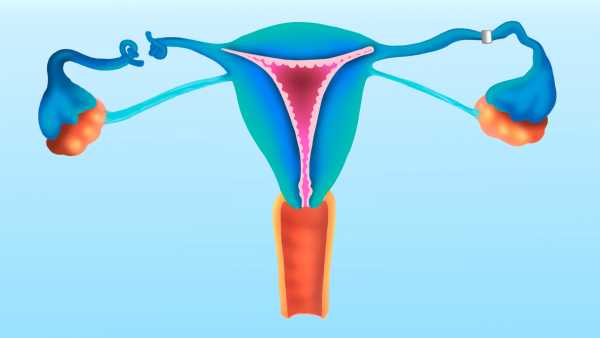
How does the tubal ligation procedure work?
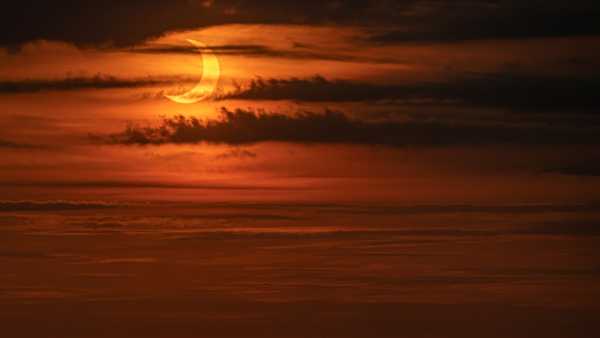
In September we will have an “equinox eclipse”
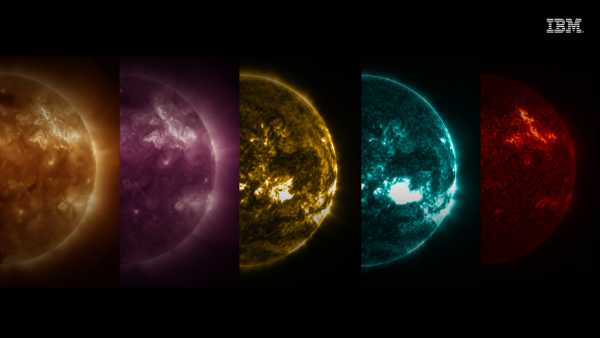
IBM and NASA create first-of-its-kind AI capable of accurately predicting powerful solar flares
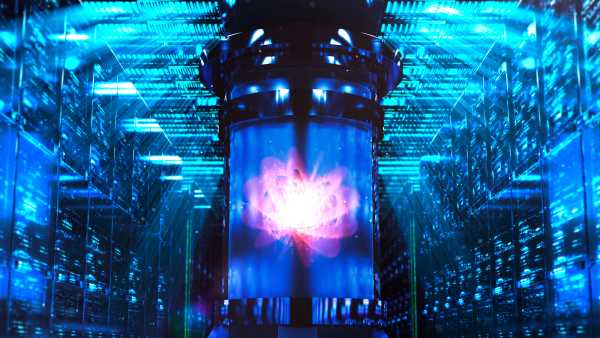
“This technology is possible today”: Nuclear waste could become a future energy source and expand access to rare fuel.
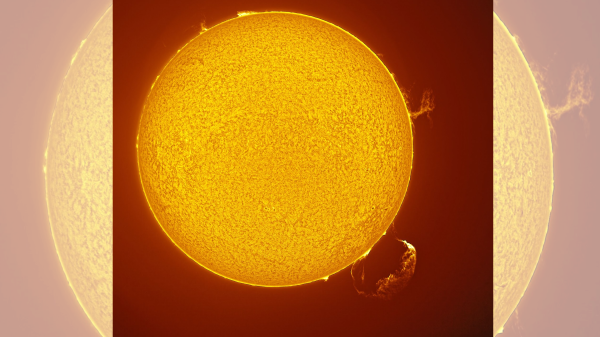
Solar Tornado Rages Across Sun, Spewing Giant Plasma Plume LATEST ARTICLES
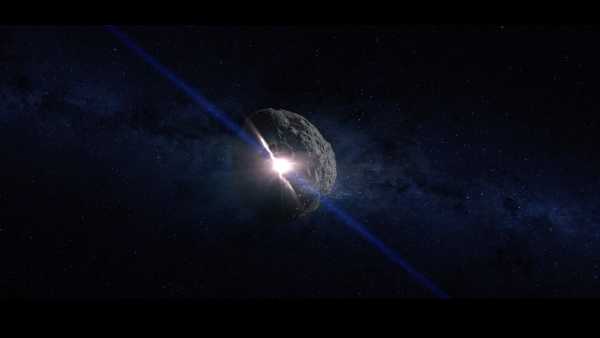
1The James Webb Space Telescope shows that asteroids Bennu and Ryugu may be parts of the same giant space rock.
Live Science is part of Future US Inc., an international media group and leading digital publisher. Visit our corporate website.
- About Us
- Contact Future experts
- Terms and Conditions
- Privacy Policy
- Cookie Policy
- Accessibility Statement
- Advertise with us
- Web Notifications
- Career
- Editorial Standards
- How to present history to us
© Future US, Inc. Full 7th Floor, 130 West 42nd Street, New York, NY 10036.
var dfp_config = { “site_platform”: “vanilla”, “keywords”: “type_news,serversidehawk,videoarticle,van-enable-adviser-
Sourse: www.livescience.com


